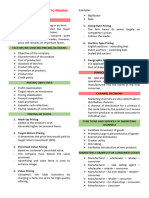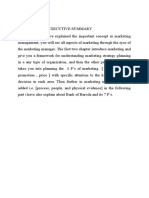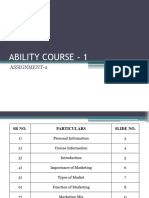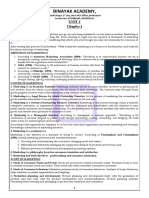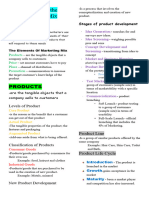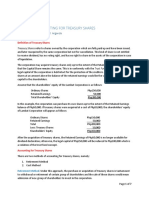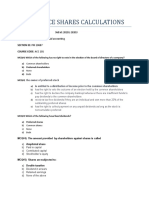0% found this document useful (0 votes)
33 views36 pagesModule 3
The document provides an overview of marketing, including definitions of marketing, the marketing mix elements of product, price, place and promotion, and the marketing process. It discusses the scope and evolution of marketing and provides details on the various components of the marketing mix such as the product mix, pricing strategies, distribution channels, and promotional tools.
Uploaded by
zainabyousuf435Copyright
© © All Rights Reserved
We take content rights seriously. If you suspect this is your content, claim it here.
Available Formats
Download as PDF, TXT or read online on Scribd
0% found this document useful (0 votes)
33 views36 pagesModule 3
The document provides an overview of marketing, including definitions of marketing, the marketing mix elements of product, price, place and promotion, and the marketing process. It discusses the scope and evolution of marketing and provides details on the various components of the marketing mix such as the product mix, pricing strategies, distribution channels, and promotional tools.
Uploaded by
zainabyousuf435Copyright
© © All Rights Reserved
We take content rights seriously. If you suspect this is your content, claim it here.
Available Formats
Download as PDF, TXT or read online on Scribd
/ 36











